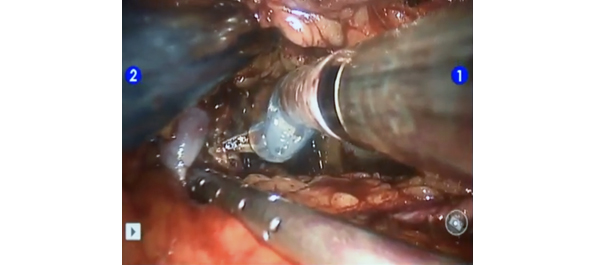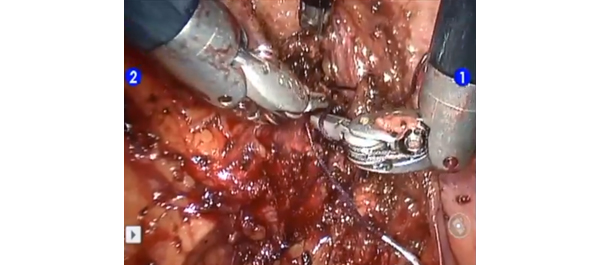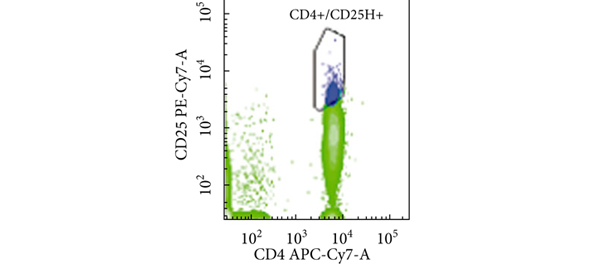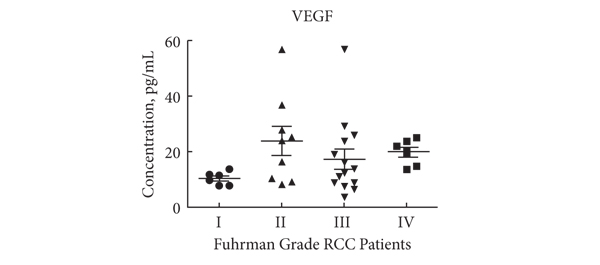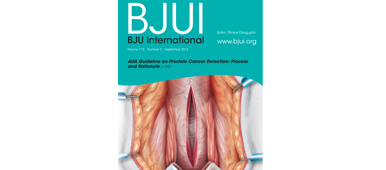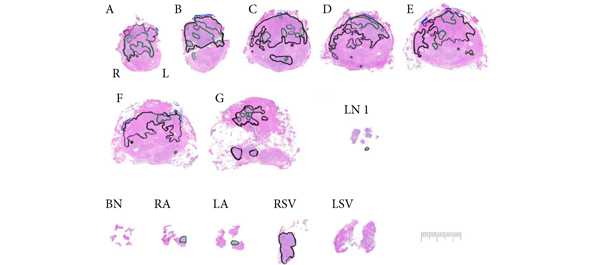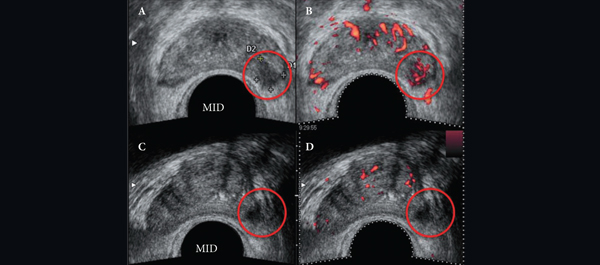Editorial: External validation of Karakiewicz models: do they hold up?
Cancer-specific survival (CSS) in patients with RCC depends on important prognostic factors including specific clinical signs or symptoms, tumour-related factors and various laboratory findings. To better predict prognosis and aid patient counselling, several investigators have developed tools which have greatly enhanced our ability to predict outcomes in patients with RCC. For instance, Kattan et al. [1] have combined manner of presentation, tumour histology, tumour size and pathological stage to develop a nomogram that predicts cancer-free survival after nephrectomy. The stage, size, grade, and necrosis (SSIGN) score is another predominant model that provides individualized information for patients with clear-cell RCC. It incorporates the 1997 TNM stage, tumour size, nuclear grade and presence of tumour necrosis to predict recurrence and survival after radical nephrectomy [2]. The Karakiewicz nomogram [3] was developed to predict CSS based on multi-institutional data. The preoperative nomogram includes patient age, gender, clinical stage, presence of metastases, tumour size and symptom classification. The postoperative one includes TNM stage, tumour size, Fuhrman grade, histological subtype and local symptoms. Tan et al. [4] compared several prognostic systems (the Karakiewicz, Kattan and Sorbellini nomograms, and the Leibovich model) and concluded that in terms of individual counselling, the postoperative Karakiewicz nomogram is likely to be more useful than other models and provides excellently calibrated CSS estimates; however, before a prediction tool becomes popular in clinical use, it is crucial to perform internal and external validation to prove its generalizability. For example, the UCLA integrated staging system (UISS) helps to identify patients with localized or metastatic disease at low, intermediate, and high risk of disease progression and has been validated internally and externally [5].
The present study by Cindolo et al. [6] aims to assess the accuracy and generalizability of the pre- and postoperative Karakiewicz nomograms in predicting CSS. It is a retrospective study involving >3000 patients from multiple European and US centres between 1992 and 2010. They include high-, mid- and low-volume institutes, as well as different populations. This helps to provide a heterogenous study cohort to better reflect the real clinical situation and hence to improve the reproducibility of the nomogram. The preoperative and postoperative models have a good predictive ability with a stratified C-index of 0.784 and 0.842, respectively, and the latter discriminates substantially better. The authors conclude that the Karakiewicz nomograms proved to have excellent accuracy and generalizability.
With more RCC therapeutic options including surveillance, ablation, surgery and systemic therapies, better prediction tools are needed to help clinical decision-making. A wealth of literature now supports the hypothesis that nomograms and artificial neural networks are superior to classic TNM staging systems in risk assessment; therefore, these predictive tools are important to guide the counselling, treatment and follow-up of patients with RCC.
Peggy Chu1 and Ringo Wing-Hong Chu2
1Department of Surgery, Tuen Mun Hospital, and 2Department of Surgery, Kwong Wah Hospital, Hong Kong, China
References
- Kattan MW, Reuter V, Motzer RJ et al. A postoperative prognostic nomogram for renal cell carcinoma. J Urol 2001; 166: 63–7
- Frank I, Blute ML, Cheville JC et al. An outcome prediction model for patients with clear cell renal cell carcinoma treated with radical nephrectomy based on tumor stage, size, grade and necrosis: the sign score. J Urol 2002; 168: 2395–400
- Karakiewicz PI, Briganti A, Chun FK et al. Multi-institutional validation of a new renal cancer-specific survival nomogram. J Clin Oncol 2007; 25: 1316–22
- Tan MH, Li H, Choong CV et al. The Karakiewicz nomogram is the most useful clinical predictor for survival outcomes in patients with localized renal cell carcinoma. Cancer 2011; 117: 5314–24
- Cindolo L, Chiodini P, Gall C et al. Validation by calibration of the UCLA integrated staging system prognostic model for nonmetastatic renal cell carcinoma after nephrectomy. Cancer 2008; 113: 65–71
- Cindolo L, Chiodini P, Brookman-May S et al. Assessing the accuracy and generalizability of the preoperative and postoperative Karakiewicz nomograms for renal cell carcinoma: results from a multicentre European and US study. BJU Int 2013; 112: 578–584.


